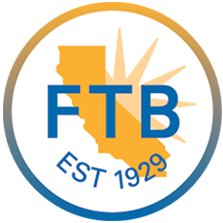
Restricted gifts are donations given to a nonprofit with specific conditions or purposes set by the donor. Managing these restricted gifts is crucial to maintaining donor trust and complying with legal obligations.
Managing Restricted Gifts: Nonprofits
01. Clear Communication
One of the first steps in managing restricted gifts for nonprofits is clear communication with the donor. Understanding the specific terms and intentions of the gift ensures the nonprofit can allocate the funds appropriately.
02. Proper Accounting
Nonprofits must establish separate accounts or tracking mechanisms for restricted gifts. This ensures that the funds are only used for the intended purpose and can be properly reported in financial statements.
03. Compliance
Organizations must be diligent in complying with the donor’s restrictions, as failure to do so can lead to legal challenges and a loss of credibility. It’s important to regularly review the usage of restricted funds to ensure adherence to the donor’s terms.
04. Reporting
Nonprofits should provide regular updates to donors on how their contributions are being used, maintaining transparency and fostering continued trust.
05. Encourage Unrestricted Contributions
Your nonprofit may find complying with restrictions difficult — and in some circumstances, impossible. For example, if a donor offers your healthcare nonprofit a work of art and stipulates that you can’t sell it, you might be better off refusing the donation. But first, invite the donor for a one-on-one discussion where you express gratitude for the offer. Then, explain your reasoning for declining it, and explore other ways for the donor to support your cause.
Finally, to provide the greatest amount of flexibility, encourage donors to make unrestricted gifts. Donors are more likely to agree if your message is communicated well and they trust you. Contact us for more information on managing restricted gifts and encouraging unrestricted ones for your nonprofit.
You may also enjoy reading: How Nonprofits Retirement Plans are Changing







